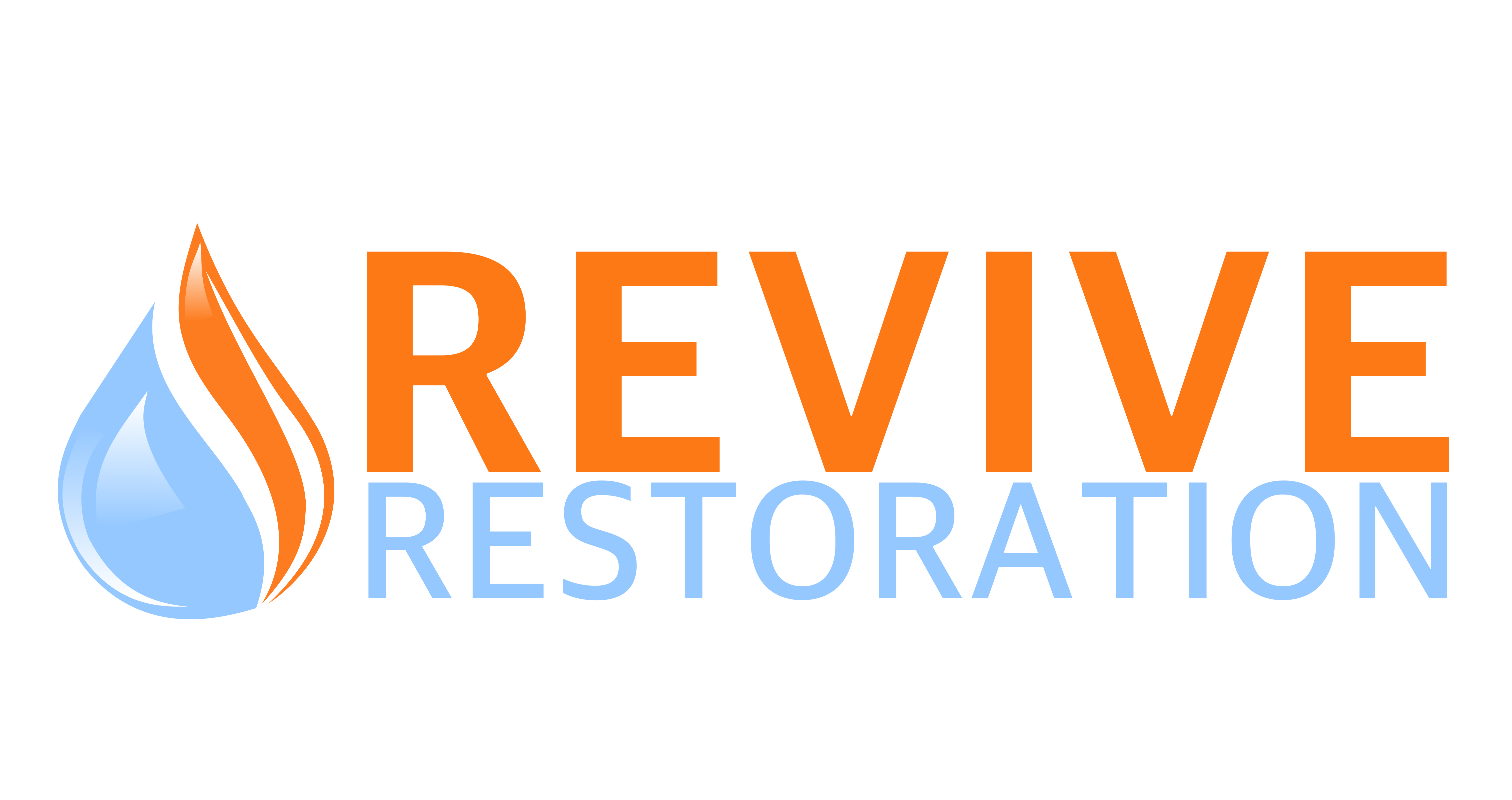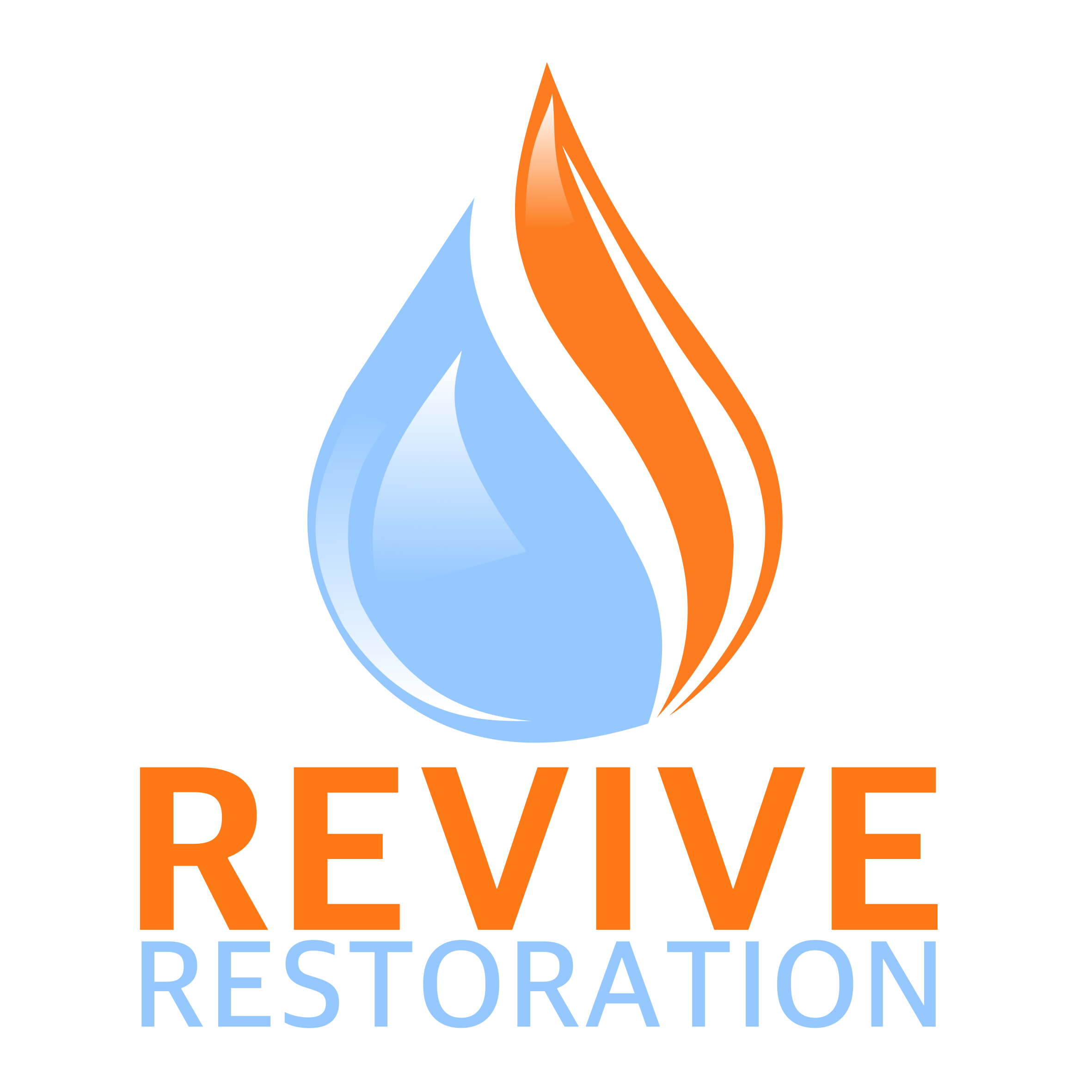Water Damage Services
Frozen Pipe
Burst
Your home may experience water damage and turmoil due to a busted pipe. But what happens when a frozen pipe burst? Dealing with this type of incident can be even more challenging and dangerous. Remember, pipes can freeze in as little as six to eight hours, especially if the outside temperature drops below 32°F.
Do you know what to do if this happens to you? Knowing what to do in this situation is crucial to minimizing water damage, preventing further expensive repairs, and getting your home or your business property back to normal.
We outline the necessary steps you should take when faced when a frozen pipe burst, ensuring you can effectively navigate this stressful situation.
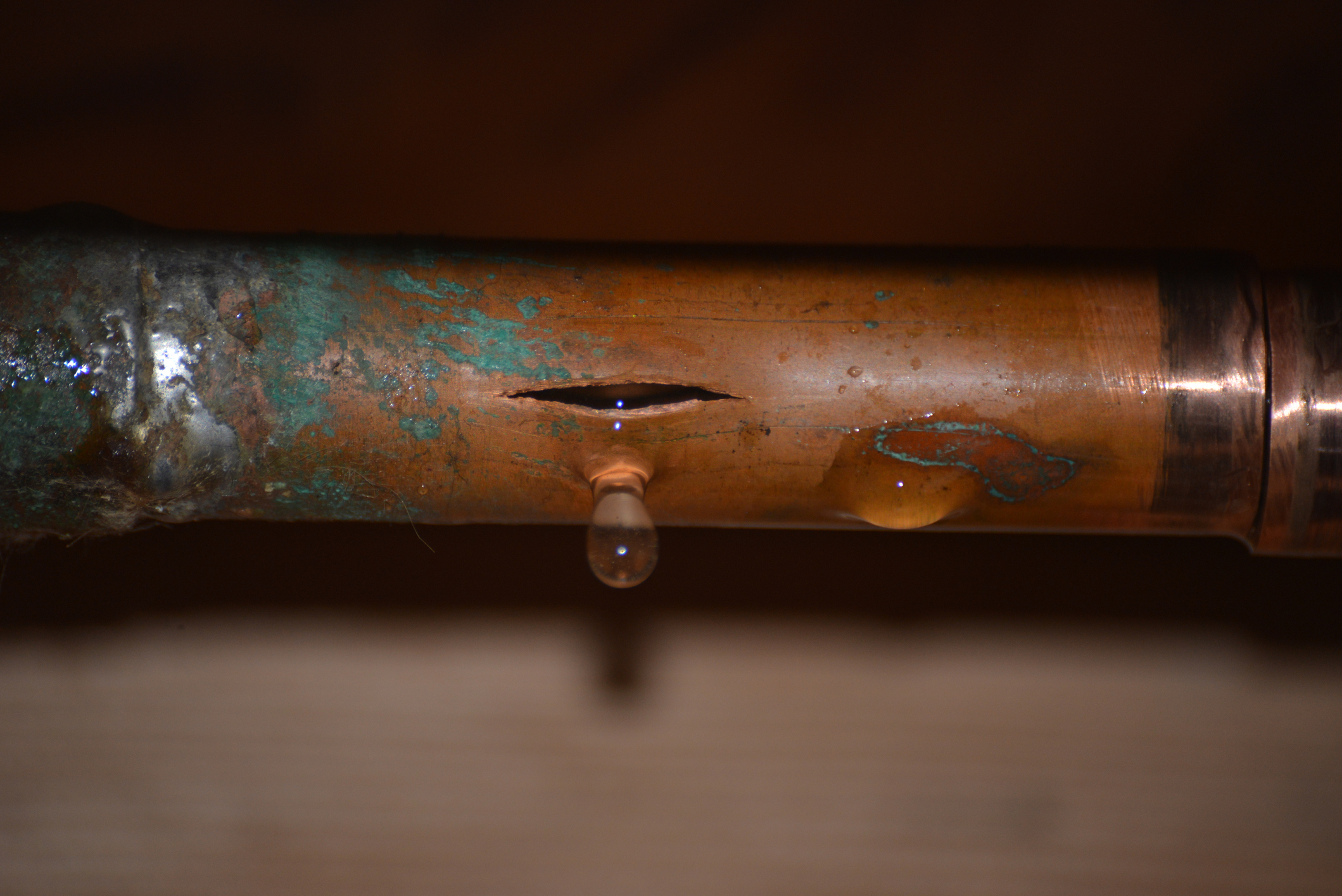
Understanding the Signs & Causes of Why a Frozen Pipe Burst
When a frozen pipe burst, it can cause extensive damage to your home or business property if not addressed quickly.
Here are a few signs:
1. Lack of Water Flow
If you turn on a faucet and no water comes out, or the water flow is significantly reduced, it could be a sign of a frozen pipe.
2. Refrigeration Issues
If you notice that your refrigerator’s water dispenser is not working or the ice maker is producing little or no ice, it could indicate a frozen pipe.
3. Strange Odors
The stagnant water in a frozen pipe can produce unusual smells, so if you detect any odd odors, it could be a sign of a frozen pipe which could burst.
4. Visible Frost or Ice
Check exposed pipes in areas such as basements, crawl spaces, or outdoor areas for any visible frost or ice buildup.
Here are a few causes:
1. Low temperatures
Extreme cold temperatures can cause water in the pipes to freeze and expand, leading pipes to burst.
2. Poor Insulation
If the pipes are not adequately insulated, they are more likely to freeze during cold weather.
3. Unheated Areas
Pipes in areas that are not heated or insulated, such as attics, garages, or crawl spaces, are particularly susceptible to freezing.
4. Drafty Areas
Pipes located near drafty areas, such as windows, doors, or gaps in the walls, are at a higher risk of freezing.
5. Thermostat Issues
If the thermostat is set too low or malfunctions, it may not provide enough heat to prevent the pipes from freezing.
What to Do When You Have Frozen Pipes Burst?
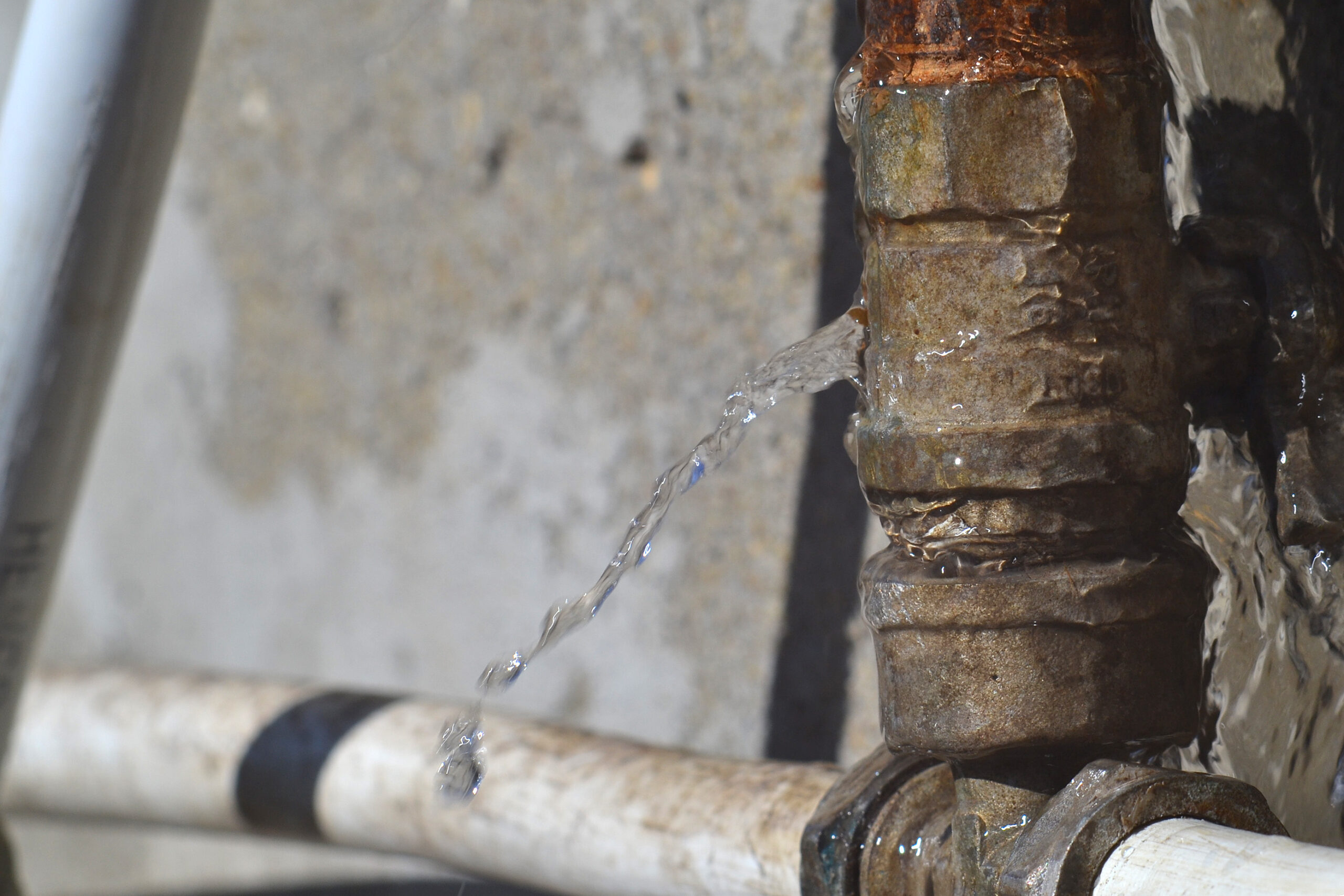
Remember, always take precautionary measures when dealing with water damage, as it can cause significant damage to your property and potentially harmful health effects if left untreated.
You can try these following steps to help minimize the disaster:
1. Turn Off the Main Water Supply
Locate the main shut-off valve in your home and turn it off to stop the water flow immediately to prevent any more water from flooding the area.
2. Turn Off the Power Supply
If the water has reached electrical outlets or appliances, switch off the power supply to the affected area to avoid any electrical hazards.
3. Open Faucets
Open all the faucets in your home to relieve any pressure in the pipes.
4. Open Windows and Doors
This will help with the drying process and let any remaining water escape without causing mold or mildew.
5. Thaw the Pipes
Use a hairdryer, heat lamp, or hot towels to thaw the frozen pipe. Start from the end closest to the faucet and work your way back.
Preventing Water Damage from Frozen Pipes
Burst in the Future
Frozen pipes that burst, is a common problem during the winter months and can result in severe water damage if not properly addressed. We detailed some simple precautionary measures you can take to prevent this from happening to you.
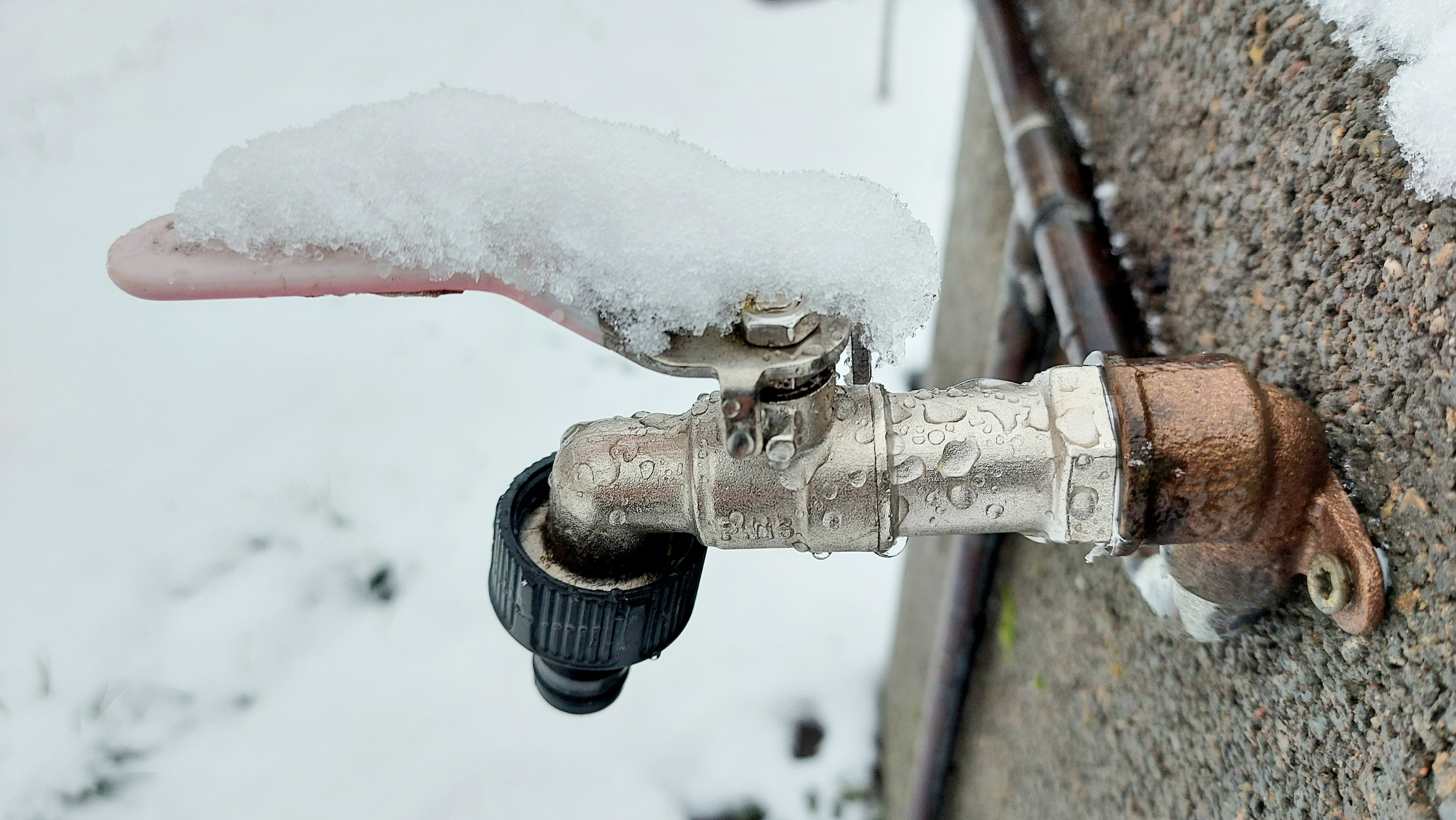
1. Insulate Exterior Pipes
One of the primary causes of frozen pipes is exposure to cold temperatures. To prevent this from happening, it is important to insulate any exterior pipes that are at risk of freezing. You can use insulation sleeves or foam pipe insulation to protect against low temperatures.
2. Allow Pipes to Bleed
Before the onset of cold weather, it is important to allow your pipes to bleed. This can be achieved by turning off the main water valve and then turning on all the faucets in your home. This will help relieve any pressure within the pipes and reduce the risk of them freezing.
3. Maintain Proper Heating Levels
Proper heating levels are essential in preventing frozen pipes. Keep your home at a comfortable temperature, ensuring that all areas of the pipes are properly heated. Avoid setting the thermostat too low, as it can cause pipes to freeze.
4. Consider a Programmable Thermostat
A programmable thermostat can be a valuable tool in preventing frozen pipes. It allows you to set the temperature to automatically lower at night or during times when no one is home. This can prevent pipes from being exposed to icy temperatures.
5. Keep Cabinet Doors Open
During cold weather, it can be helpful to keep cabinet doors open to allow warm air to circulate around pipes. This helps prevent them from freezing and bursting.
6. Insulate Interior Pipes
While exterior pipes are more vulnerable to freezing, interior pipes can also be at risk in colder climates. Consider insulating any exposed pipes in the attic, basement, or crawl spaces to prevent freezing.
7. Monitor and Repair Leaks
Inspect your plumbing regularly for any signs of leaks or cracks. Address any issues promptly to prevent water from accumulating and causing pipes to freeze. Seal any cracks or gaps in your home’s foundation, walls, or windows to prevent cold air from reaching the pipes.
8. Disconnect Outdoor Hoses
Before the onset of freezing temperatures, disconnect and drain outdoor hoses. Shut off the water supply to outdoor faucets and drain any remaining water to prevent frozen pipes.
Call Revive Restoration Today!
If you’re unable to locate the frozen section or if the pipe has burst, call us at (720) 340-3499 to assess the water damage, begin the process of repair and restoration.
Remember, prevention is key when it comes to frozen pipes that burst. Make sure to insulate vulnerable pipes, seal any gaps in your home’s insulation, and maintain a consistent indoor temperature to reduce the risk of frozen pipes. Take the necessary steps to protect your pipes and enjoy the peace of mind that comes with being proactive.
